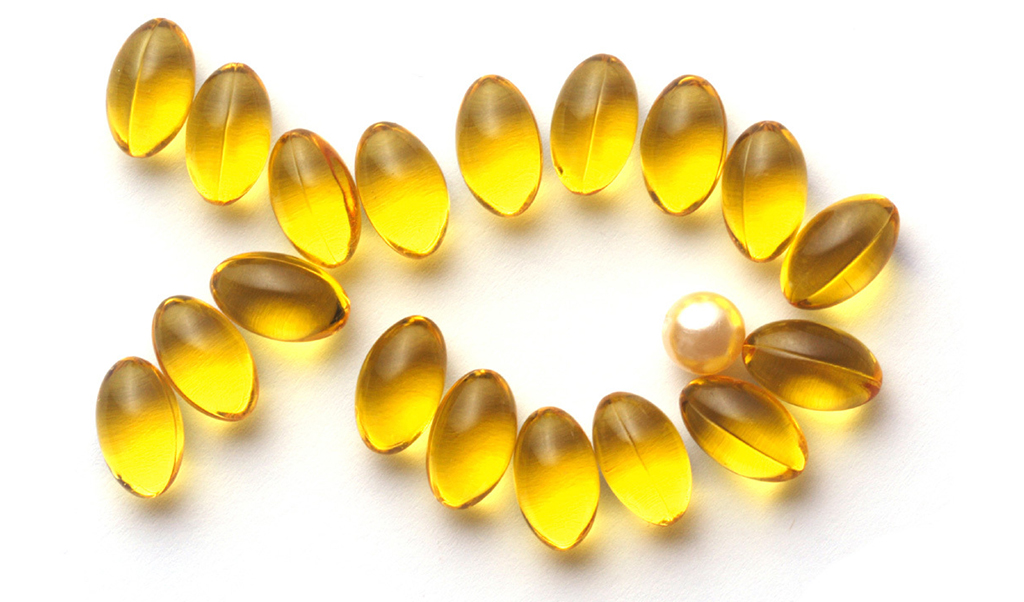Did you know how amazing and helpful omega-3 is? There are so many benefits it offers to your body. It helps keep your cells healthy, boosts your memory, and keeps your blood pressure at a healthy rate. You can get enough omega-3 in your diet, but if you aren’t eating enough of the foods that offer omega-3, you may need to take a supplement. Keep reading to find out what you want to look for in a supplement, what foods have omega-3 in them, and how omega-3 improves your life.

Choosing a Supplement
Among all the supplement brands on the market, how do you know which one to choose? Luckily, you have websites like www.customerreview.org. You can look at this type of website to figure out what supplement has the highest quality ingredients and is worth it at its price. Now, there are two types of omega-3: DHA and EPA. Find a supplement that has both of these types. One serving should have at least 600 mg of DHA to be the most effective. Look for a supplement with no weird ingredients; you want pure omega-3. There are also offers that are great, like buying two bottles and getting one for free. You should also make sure whatever you buy has a money-back guarantee. Make sure that if you aren’t eating enough omega-3, you are getting enough in your diet by taking a supplement. You will see the difference right away if you aren’t eating enough omega-3.
What Should You Eat?
You can eat foods that naturally are full of omega-3, which is mostly seafood. Now, luckily, there are also foods that are fortified with omega-3. You can check labels to see which foods have an added amount of omega-3. To get the correct serving of omega-3, you need to eat a lot. For men, they should eat 1600 mg of omega-3, and women should get 1100 mg. To show you some perspective, one tuna steak contains only 1000 mg of omega-3.
Check your fridge and pantry to see if you have:
- salmon
- sardines
- fresh tuna
- oysters
- herring
- spinach
- avocado
- pumpkin seeds
- walnuts
Remember, check your labels to see if you have bought foods that have an added amount of omega-3. Some of these foods include:
- milk
- cereal
- yogurt
- oatmeal
- eggs
This is only a small part of a list of foods that have omega-3. Find a more complete list here.
Omega-3 Helps Your Whole Body
The way to tell how much you need omega-3 is to see what happens when you don’t have enough. If you have an omega-3 deficiency, you will feel ill. You will have trouble concentrating and your nails and hair will be thin and easily breakable. If your hair is falling out and you have brain fog, you may have an omega-3 deficiency.
Taking a supplement or eating enough of omega-3 will benefit you immensely, from your head to your toes. Omega-3:
- Gives you more energy
- Protects and keeps your cells healthy
- Helps give your skin a natural glow
- Keeps your hair thick and shiny
- Improves your concentration and memory
- Lowers your blood pressure
- Boosts your mood
- Reverses eye diseases like macular degeneration
Are You Convinced Yet?
Whether you recognized some symptoms of omega-3 deficiency, or you want to improve your memory, hopefully you are convinced. Getting omega-3 could be easy: you can just start taking a supplement. Just make sure it is a good, high-quality supplement. Once you get enough omega-3, you’ll see how much happier you will be. Your appearance will improve and you will seem healthier from your hair and nail quality to your natural energy levels. Be your best self with omega-3.

